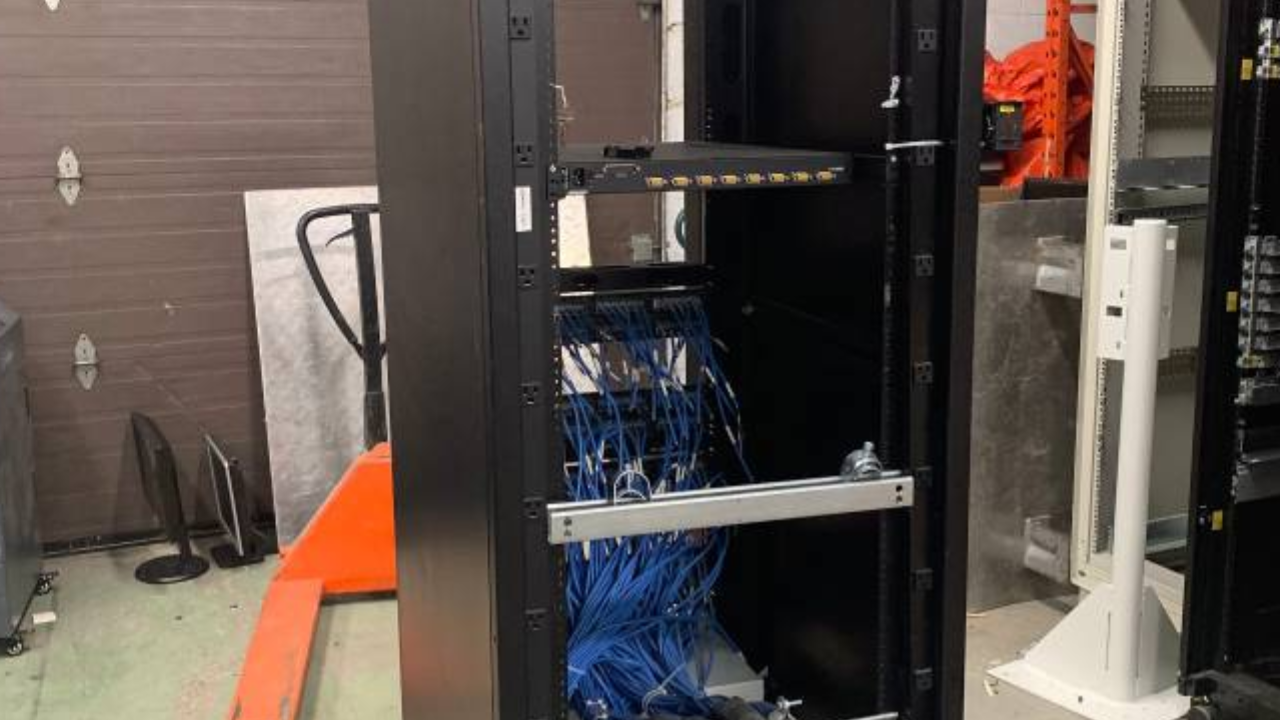Server racks, which offer networking and server equipment efficient cooling, security, and organization, are essential parts of contemporary data centers and IT environments. Based on various criteria, including size, style, mounting choices, and specialized features, manufacturers divide server racks into distinct categories. Server rack manufacturers provide a standardized framework for mounting and securing equipment, optimizing space utilization, and facilitating efficient cable management.
The particular servers are made to fit neatly and securely in racks, offering a logical, safe, and effective solution for managing several servers at once. The sort of rack server you choose can greatly impact the IT infrastructure's overall performance, scalability, and usefulness. Server Rack Manufacturers serve server racks in many distinct varieties, each suitable for a particular set of requirements and settings.
How Do Manufacturers Offer Soundproof Features For Server Racks?
Certain server rack manufacturers use sound-absorbing materials in the design of the rack or sell them as optional extras. These components, which include sound-absorbing panels or acoustic foam, can be mounted inside the rack to assist in dampening and absorbing noise produced by the machinery. In addition to being necessary for the organization, proper cable management also helps to minimize noise and airflow problems.
Types Of Server Racks
In the complex IT infrastructure and data management world, server racks are essential for maintaining organization and operational efficiency. These constructions come in a variety of shapes and sizes, depending on the demands and surroundings. Here are some common types of server racks categorized by manufacturers.
Cabinets for Server Racks
Fully enclosed racks with lockable side panels and doors that offer an extra degree of security are known as server cabinets. Because of their strong construction, which provides better protection for the equipment, they are an essential fixture in data centers and other places where equipment safety is a top priority. These are Superior security, pre-built, and ideal for regulated air circulation and temperature control.
Racks with Open Frames
The absence of side panels or doors on Open-Frame racks allows for quick and easy access to cabling and equipment. They are appropriate for safe, well-ventilated areas because of their open design, which facilitates effective airflow. They work well in places like wire closets or tiny offices where security is not as much of an issue. Simple to use and reasonably priced. Their modular construction allows for flexible configurations and scalability.
Racks Mounted On the Wall
These racks are small and safe, made to mount straight into walls, making the most use of available space in locations where floor space is scarce. Network closets and tiny nooks are common places to find them. Space-saving, safe, and perfect for smaller equipment arrangements and cramped areas. They are commonly used in small offices, retail stores, and wiring closets.
Vertical Mount Racks
These wall-mounted racks offered by manufacturers are oriented vertically to maximize space efficiency while minimizing depth. Vertical mount racks work best in wire closets, back offices, and small horizontal retail spaces. These are shallow-dwelling and space-saving. Wall-mounted vertical mount racks are perfect for spaces with tight dimensions. They offer flexibility, ease of installation, and efficient cable management in various networking applications.
Modular Server Racks
The primary goals of this are to safeguard servers, devices, and nearby area networks. Additionally, it shields telecommunication applications from impurities like dust, dirt, grease, and so on. This features 19-inch rails on a steel cabinet. It has a sand-gray powder coating on it. Its side covers and steel doors have a powder coating that resembles white leather. Modular server racks are ideal for data centers, providing a cost-effective solution for optimizing space and functionality.
Racks with Low Profiles
Smaller and more portable than regular server racks, they are known as low-profile racks. These racks are perfect for locations with limited space or fewer servers because they typically range in size from 5U to 10U. With a more compact form factor, they provide many of the same features as bigger racks, such as cable management systems and adjustable rails. Low-profile racks are great for many different applications and can hold a lot of equipment, despite their size.
Conclusion
Selecting the appropriate sort of server rack depends on knowing the unique demands, such as available space, security requirements, equipment type, and accessibility. It is important to carefully consider your demands before deciding because every form of rack has different features and advantages. Businesses may guarantee the effective functioning and control of their networking and server equipment by using the appropriate server rack solution.


